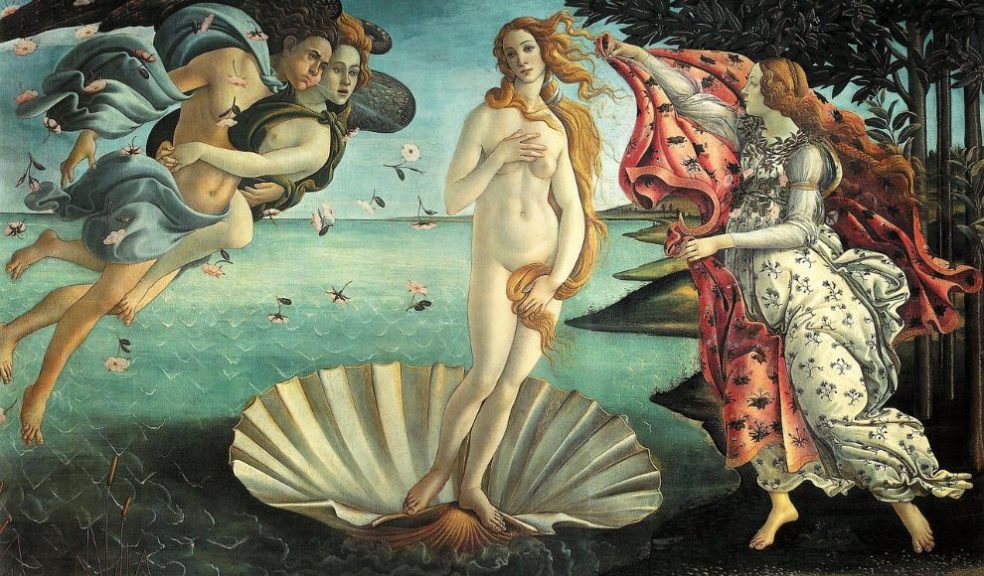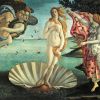
Botticelli’s Birth of Venus
In his essay Rome, Naples and Florence (1817), basically a travel diary throughout Italy’s artistic beauties, the French writer Marie-Henri Beyle, better known as Stendhal, describes a sensation of bewilderment and confusion, accompanied by dizziness and palpitation, caused by the sight of the interiors of Santa Croce church in Florence. More than 150 years after (precisely from 1977, when the Italian psychoanalyst Graziella Magherini focus on this specific kind of mental disorder), the Stendhal Syndrome refers to all those symptomatic manifestations and unusual behaviors caused by pieces of art of immeasurable beauty.
In 1996, Italian director Dario Argento released his movie La sindrome di Stedhal (Stendhal Syndrome). At the very beginning of the film, the main character (played by actress and director’s daughter Asia Argento) is seized by the same disorder and faints in front of a Pieter Bruegel the Elder’s painting, Fall of Icarus, conserved in the Uffizi Gallery in Florence.
For his film, Argento (who also wrote the script) took inspiration from a number of cases attributable to Stendhal Syndrome occurred through the years right in the Uffizi Gallery. Even today, during several guided tours at the Uffizi (like, for instance, the ones set up by international agencies like ItalyXP), some episodes still happen. According to those cases’ reports, many of them took place in the vicinity of Sandro Botticelli’s painting Birth of Venus.
Painted between 1482 and 1485, this painting is a quintessential pictorial masterpiece from the Italian Renaissance. Through it, Botticelli wanted to represent the female beauty in its utmost, purest and unattainable form. Florentines consider the Birth of Venus one of the most important pieces of art created in their city (along with Leonardo da Vinci’s La Gioconda), and the evidence of their city supremacy in fine arts, at least for what concerns Renaissance era and the immediately following period.
Contrary to what is claimed by the painting's title, it doesn’t represent the birth of the goddess, but her landing in the island of Cyprus, according to what described in Poliziano’s unfinished poem Stanze per la giostra, written around 1475. Venus is portrayed while she is approaching the shore standing up on a giant seashell. She’s completely naked, and her figure reflects female beauty in conformity with classic canons of human body’s representation. As proof of this, Botticelli decided to not show all Venus’ nudity, since her breast and intimate parts are partially covered by her hands and even her long hair: this is a clear reference to the classical Venus Pudica pattern.
On Venus’ right (left of the painting for the watcher) there is Zephyr, Greek god of the wind blowing from west, who blows on the goddess in order to make her move on the sea’s surface. He’s portrayed while he’s flying embracing a female character, maybe the nymph Chloris. On the goddess’ left, we have one of the Horai, Zeus and Themis’ daughters who presides over the changing of seasons. This figure is already on the shore, and it’s depicted in the act of offering the goddess a pink mantle adorned with floral decorations.
According to many art history researchers, Birth of Venus is an allegory that blends Neoplatonic thought (the representation of love as the most powerful and regenerative energy in the world) and residual Christianity (the goddess’ emerging from the waters as a symbol of the baptismal rite). That’s why it is considered not only one of the most iconic paintings ever, but also a key to interpret the moral and theological thought of Renaissance era.

















